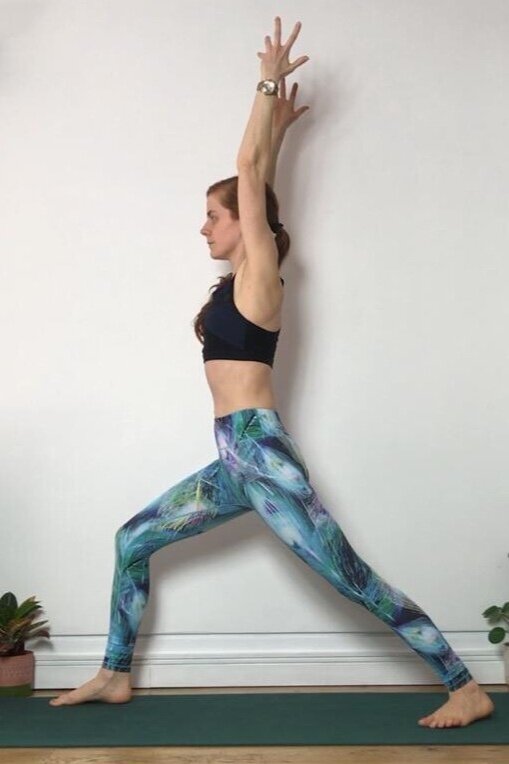Finding more ease in warrior 1/ virahabdrasana A pose
Olivia Marley
Out of the questions that students ask me after class, asking about discomfort in the yoga pose warrior 1 isn't an uncommon one. And if you're feeling that, it doesn't mean you're doing it wrong! It's just your body's way of asking if you could do it a bit differently, and here a few tactics you could try. We look at foot placement, the angle of your feet and the position of your upper body. Let me know if this helps either you or your students, or if you have any other yoga questions! :)







